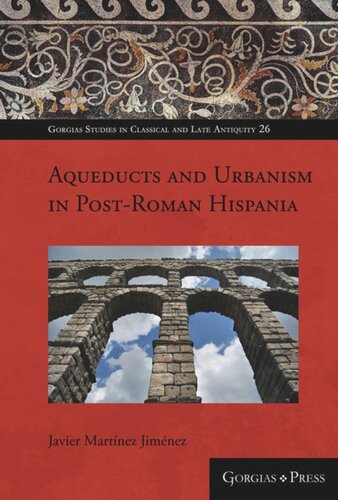

Most ebook files are in PDF format, so you can easily read them using various software such as Foxit Reader or directly on the Google Chrome browser.
Some ebook files are released by publishers in other formats such as .awz, .mobi, .epub, .fb2, etc. You may need to install specific software to read these formats on mobile/PC, such as Calibre.
Please read the tutorial at this link: https://ebookbell.com/faq
We offer FREE conversion to the popular formats you request; however, this may take some time. Therefore, right after payment, please email us, and we will try to provide the service as quickly as possible.
For some exceptional file formats or broken links (if any), please refrain from opening any disputes. Instead, email us first, and we will try to assist within a maximum of 6 hours.
EbookBell Team

4.0
66 reviewsOur current knowledge of Roman aqueducts across the Empire is patchy and uneven. Even if the development of “aqueduct studies” (where engineering, archaeology, architecture, hydraulics, and other disciplines converge) in recent years has improved this situation, one of the aspects which has been generally left aside is the chronology of their late antique phases and of their abandonment. In the Iberian peninsula, there is to date, no general overview of the Roman aqueducts, and all the available information is distributed across various publications, which as expected, hardly mention the late phases. This publication tackles this issue by analysing and reassessing the available evidence for the late phases of the Hispanic aqueducts by looking at a wide range of sources of information, many times derived from the recent interest shown by archaeologists and researchers on late antique urbanism.